Glossary
Logout
©Copyright Arcturus 2022, All Rights Reserved.
7
Terms & Conditions
|
|
|
|
Security & Privacy
Contact
INNOVATION PHASE
FAST TRACK DEVELOPMENT PHASE
|Product LifeCycle Planning Framework - FastTrack Development Phase
The ‘Product Development Phase’ of the Product Management Process follows sequentially from the ‘Conceptual Planning Phase’. As the heading suggests the primary deliverable of this phase is a product offering which has been designed (at an agreed cost) to meet the exact requirements of the pre-defined market with any deviations in specification and or costs managed and appropriately reported.
PMM (Generic) Programme Management and Market Development Planning Framework
Programme Management Plan
TouchPoint Management
|PMM Business Planning Framework - Orientation
The ‘Fast Track’ Process, as the name suggests, is specifically designed to meet the requirements of products and services that require a Fast Track to market. The process represents a collection of key processes/tools covering the critical elements only. Entrepreneurs may find this process aligns more to their particular needs, however care must be taken if this route is chosen and will depend upon individual circumstances, as the level of risk may not have been appropriately assessed.
For Product Managers who are working in a more 'traditional' planning framework, strict entry criterion to the Fast Track process ensures that this does not become the norm for all products joining the portfolio. This is due to the additional commercial risk that may be associated with this planning route.
Note:
Once the product has been released (and moves into Active LifeCycle phase) the activity of Product Management would be to the same or very similar to the 'end to end' process as detailed above.
Market research and intelligence studies continue throughout this phase complementing the prerequisite product requirements and definition studies. This leads to a definitive product specification (agreed by all stakeholders – incorporating a user requirements study) being produced. This is followed by an agreed product development plan and a process of managing priorities, deviations (internal and external) and risks on route to a fully delivered product offering.
Depending upon the type of product / service being developed a decision must be made for the most suitable development process that will deliver strategic intent in the most efficient and effective manner. The main contenders today are variants of StageGate™ and/ or Agile development processes (see figure1 & 2 below). The purpose of the development process is therefore to pragmatically manage the development activity from a project perspective, ensuring elements are delivered on time and to budget in a repeatable manner. Risk assessment is a prerequisite / integrated part of the ‘Development Phase’ and is complementary to the additional activities associated with compiling the ‘Product Business Plan’.
Figure 1. Generic StageGate / Toll Gate Development Process...
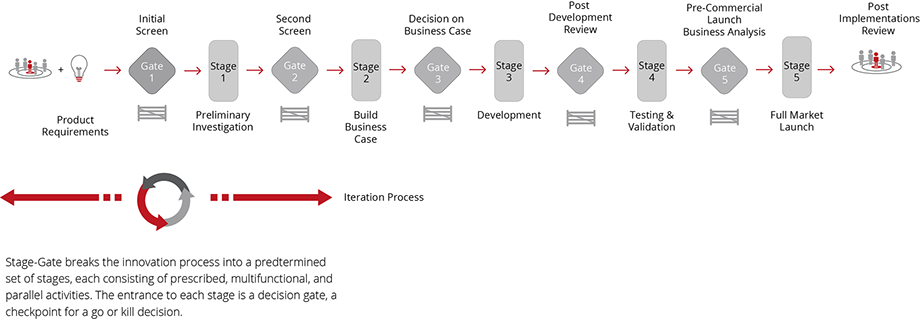
Figure 2. Generic Agile Development Process...
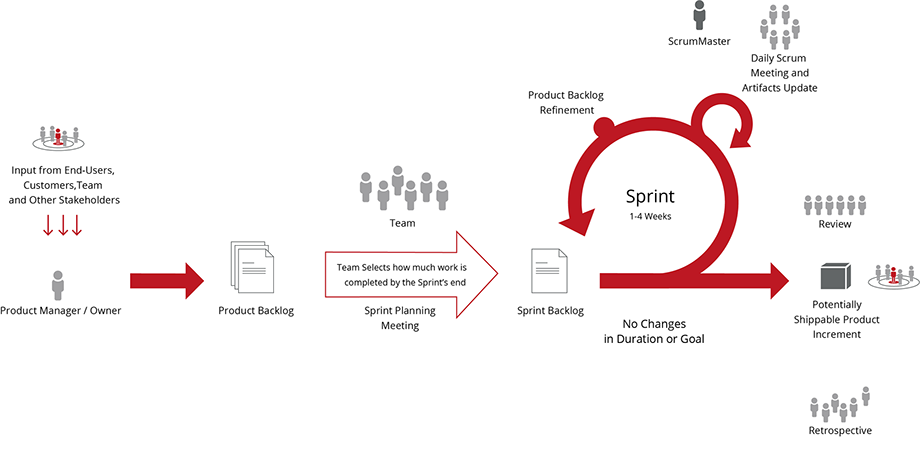
The business plan and related process elements ensures that all functional areas of the business are represented in a timely and proactive manner. The format also enables the Product Manager to manage with a degree of authority the multi-disciplinary team by a process of functional objectives and associated strategies.
In common with all other phases a situational analysis study (a continuous review of the market environment) followed by a strategic review of business opportunities continues throughout the ‘Development phase’ with any deviations (from previous expectations) recorded and appropriately reported (...in parallel with the StageGate™ process).
In parallel with the latter stages of the ‘Development Phase’ a ‘Product Manual’ is compiled (semi-automated process) covering technical details of the product itself, the intended market(s) and all internal related aspects, strategic or otherwise. The ‘Product Manual’ is a ‘reference’ manual for the product / service and is strictly for internal use only and remains with the associated product until withdrawal.
The Development Phase incorporates the following (primary) management activities;
Phase Vision / Goal:
Requirements Definition - Concept Design / Develop
839x411.png?crc=195252474)
Development Phase
Process Requirements - Objectives:
- Strategic Vision ~ Short, Medium, Long-term Objectives
- Strategic Alignment and Point of Reference
- Market Research and Intelligence ~ Analysis and Review
- Product Marketing Plan - Strategic Review
- Product Forecast and Trend Analysis
- Financial Review and Management
- Development ~ Product Plans / Variants - Review
- Operations and Logistics Strategy - Review
- Sales Strategy Management - Review
- After-Sales and Product Support Strategy - Review
- Marketing Communication Objectives and Strategy - Review
- Strategic Deployment and Communication
- Risk Analysis ~ Contingency Planning
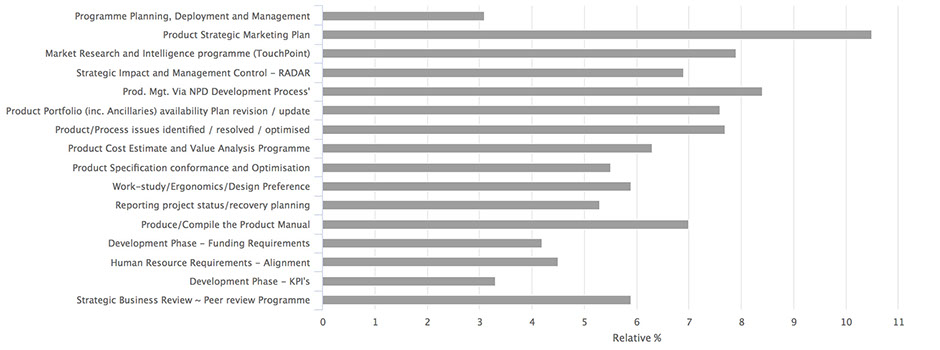
Strategic Tools and Processes
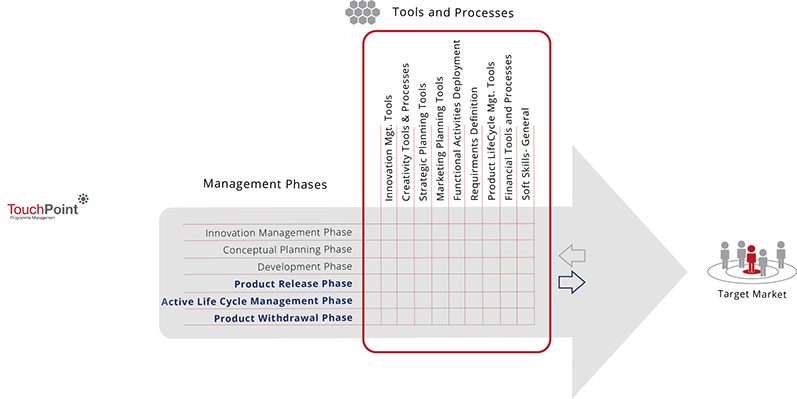
Development Phase
Strategic Planning Tools / Processes
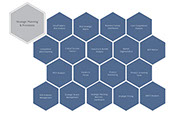
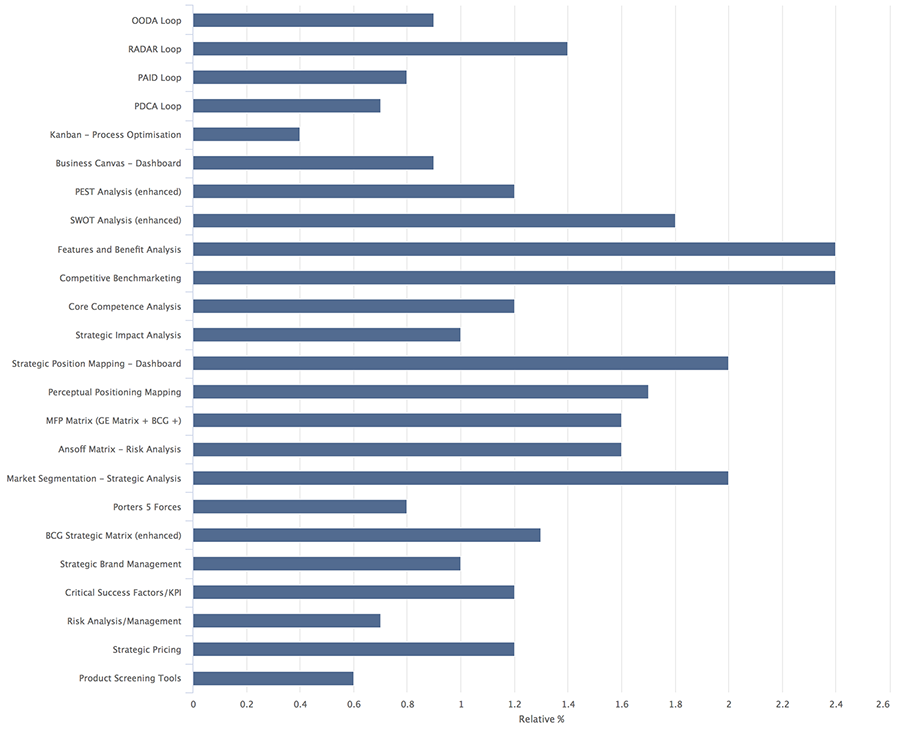
Stakeholder Management

Marketing Planning / Process Tools


Creativity / Process Tools


PLC Management & Planning Tools
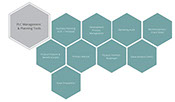

Requirements Definition


Financial Tools / Processes


Innovation Management


Functional Activities / Deployment
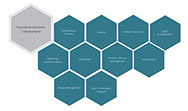

Product Management (Soft) Skills
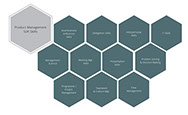

PM Specialist / Expert Knowledge - Development Phase











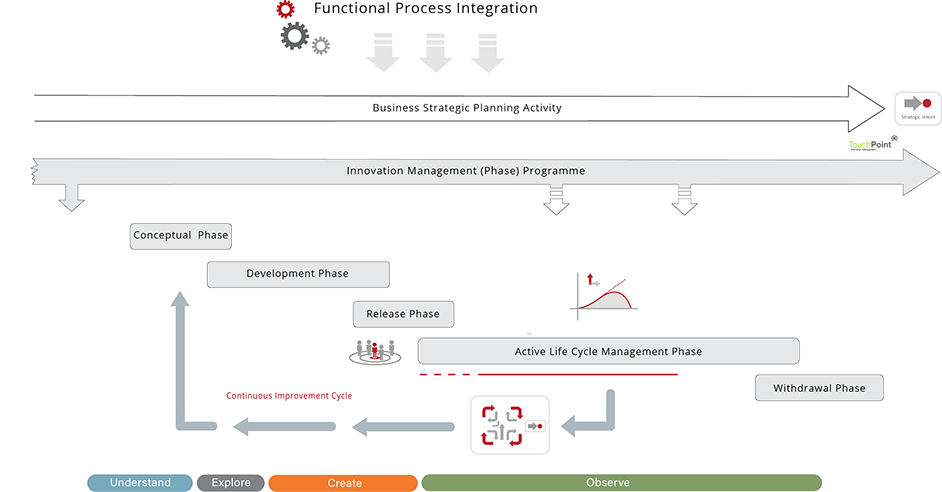
290x51.png?crc=428057808)

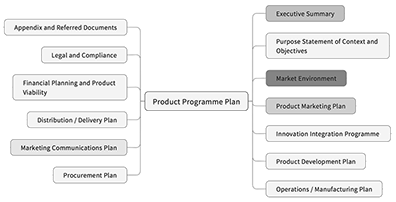


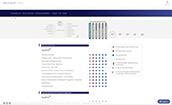
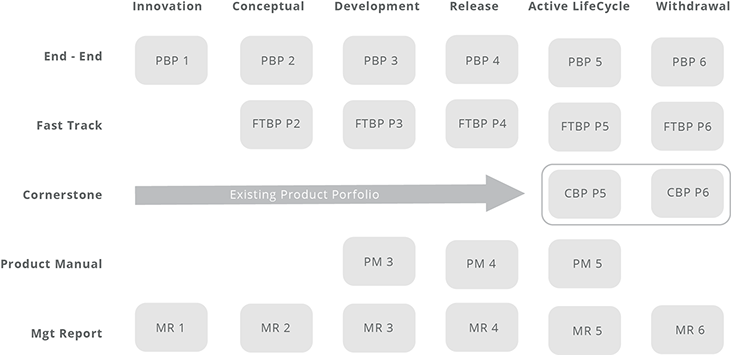
.png?crc=3847080596)
